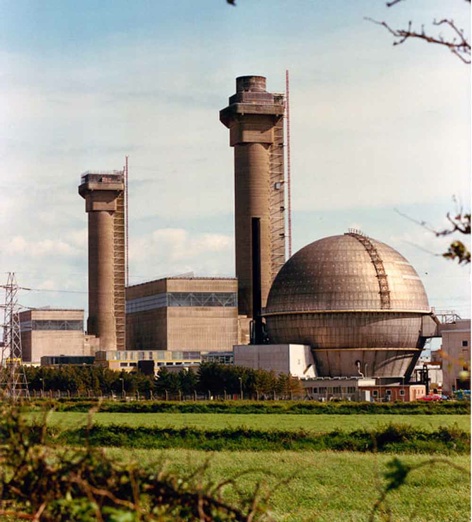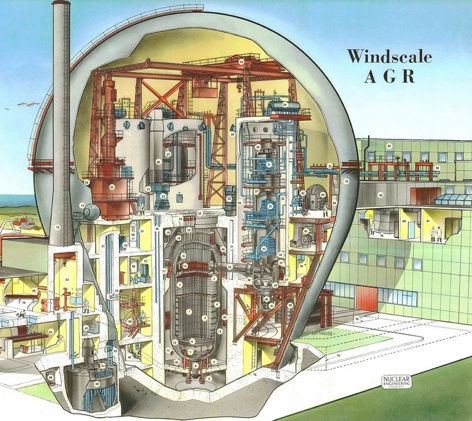The Sixties were about to start swinging, Britain was in the middle of Harold Wilson’s ‘white heat of technological revolution, and on the edge of the Lake District, a curious spherical structure had been built at the Windscale nuclear facility. In March 1963, The Engineer was marking the commissioning of a notable part of Britain’s pioneering role in the history of nuclear power: the Windscale Advanced Gas-Cooled Reactor, the forerunner for the AGR generation of nuclear power stations. Fifty years later, the WAGR still represents a milestone: it was the first power reactor in the world to be fully decommissioned.

WAGR was designed to test graphite-moderated, CO2-cooled reactors, which would replace the older Magnox reactors based on the technology developed for nearby Calder Hall, the world’s first operating power reactor (although it had mainly been used to make plutonium for nuclear weapons, and didn’t become a primarily power reactor until 1964). The Engineer’s lengthy feature describes the design of showing the reactor itself — mostly below ground level — and its fuel elements, all enclosed within the aluminium ‘golf ball’ which became an iconic part of the Windscale site, now subsumed within the larger Sellafield complex.

The reactor was shut down in 1983, and became the demonstration project for decommissioning a nuclear reactor — a task which proved extremely tricky because, of course, it had not been built with decommissioning in mind; moreover, as became clear during the process, it contained many features which had been designed on the fly as part of the experimental nature of the project. I visited the site during the decommissioning project and it was an eerie experience — like many then-state of the art faciities built during the 1960s, it had the air of an abandonded James Bond villain lair. The engineers working on the project had to design equipment to dismantle the reactor and remove its components remotely, as I reported for Process Engineering (then a sister magazine to The Engineer) at the time.
Decommissioning at WAGR was completed in 2011 (six years later than scheduled), and once again The Engineer reported on it, making it one of the few technologies where we can claim to have been present from its earliest inception to its final demise.










McMurtry Spéirling defies gravity using fan downforce
Ground effect fans were banned from competitive motorsport from the end of the 1978 season following the introduction of Gordon Murray's Brabham...